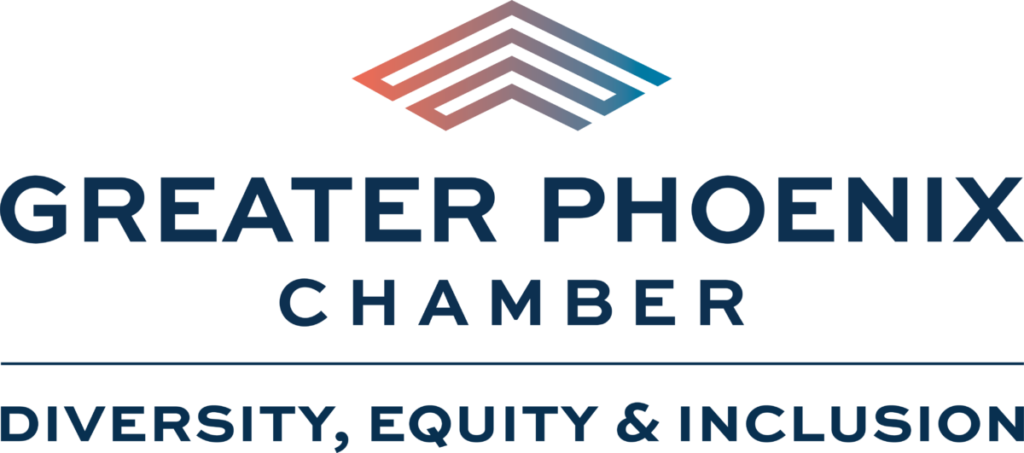Written by Carmen Jandacek, DEI Committee Member
What is workplace assimilation? Assimilation is when an individual of a minority group begins to adopt characteristics of the majority group to better fit into that workplace culture. This can show up in how we communicate, how we dress and how we interact with our peers and our leadership.
Assimilation in the workplace is complicated. There are certain components of each workplace that are important to our fundamental success. We want all our colleagues to have alignment and understanding in who we are and what we value as an organization. Often, those core components of culture are articulated in the behaviors and values of the organization. But beyond those expectations, we need to examine and discover what cultural norms are causing employees to assimilate to the majority group instead of honoring the diversity that each employee can contribute to the organization.
There are two distinct behaviors that surface in the workplace prior to assimilation known as covering and passing. Covering is when an employee downplays a part of their identity to blend into the majority group. Colleagues may be aware of their identity, but the employee wishes to align their appearance or communication style to the prevalent group. As an example, employees who are LGBTQ may work hard to cover their identity in the workplace by dressing or appearing in a certain way to allow themselves to blend in without judgement or stigmatization.
Passing is when colleagues are not aware of an employee’s identity and the employee hides it. This happens with heritage, race, background, LGBTQ, or gender identity. There is such a fear of being authentic in the workplace that the safer path for the employee is to not share anything about their identity.
We need to review the unwritten culture of our organizations and determine if we have opportunities to address any norms that emphasize assimilation. By identifying and addressing workplace assimilation, it can strengthen organizations and provide a workplace where differences are celebrated.
How do you deal with conflict or how are decisions made in your organization? An assimilated organization creates a process aligned to the dominant group’s way of working where often the majority group all think the same. Often it will not encourage diverse perspectives, healthy challenges, or different approaches. Assimilation in conflict and decision-making risks an organization creating an echo chamber resulting in less-than-ideal approaches, innovation, decisions, or outcomes. In a highly assimilated organization when an employee injects diverse perspectives into the conversation, they draw a reaction that the employee does ‘not understanding how we do things” or is not a cultural “fit” for the organization. These are red flags that you need to evaluate your processes and norms.
Do you use “professional” in your organization to describe workplace or job appropriateness? Doing so may emphasize a specific look to assimilate to be successful. If you appear different than the dominant culture standard of appearance, there is stigmatization that you are not presenting as professional. You may see this surface with women who do not wear makeup, expectations of proper weight, gender expansive employee presentation, tattoos and piercings, gender roles, apparel choices or hair styles.
As you invest in your employee experience, you must make sure assimilation is not eroding your intent to provide a diverse and welcoming workplace where everyone is included and respected for what they bring to the organization. It takes work, and a tremendous amount of self-awareness and vulnerability to address these cultural norms that could be damaging to your organization. The work is worth the outcomes of a more vibrant and authentic organization and culture.


